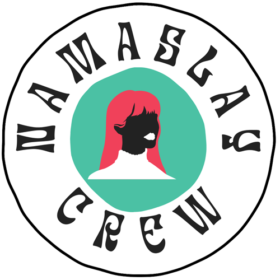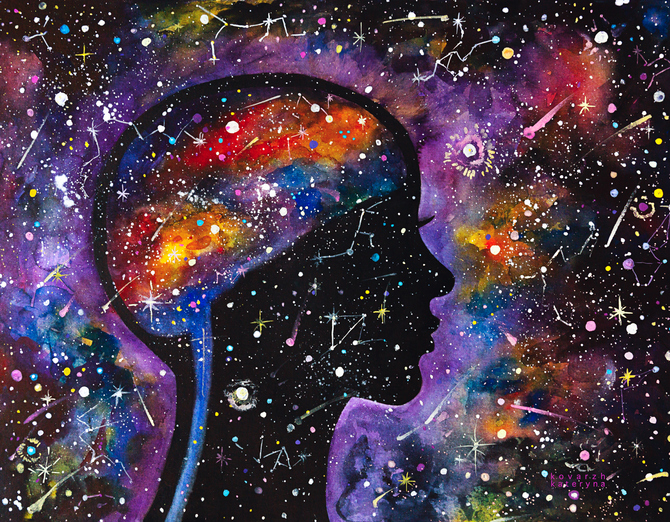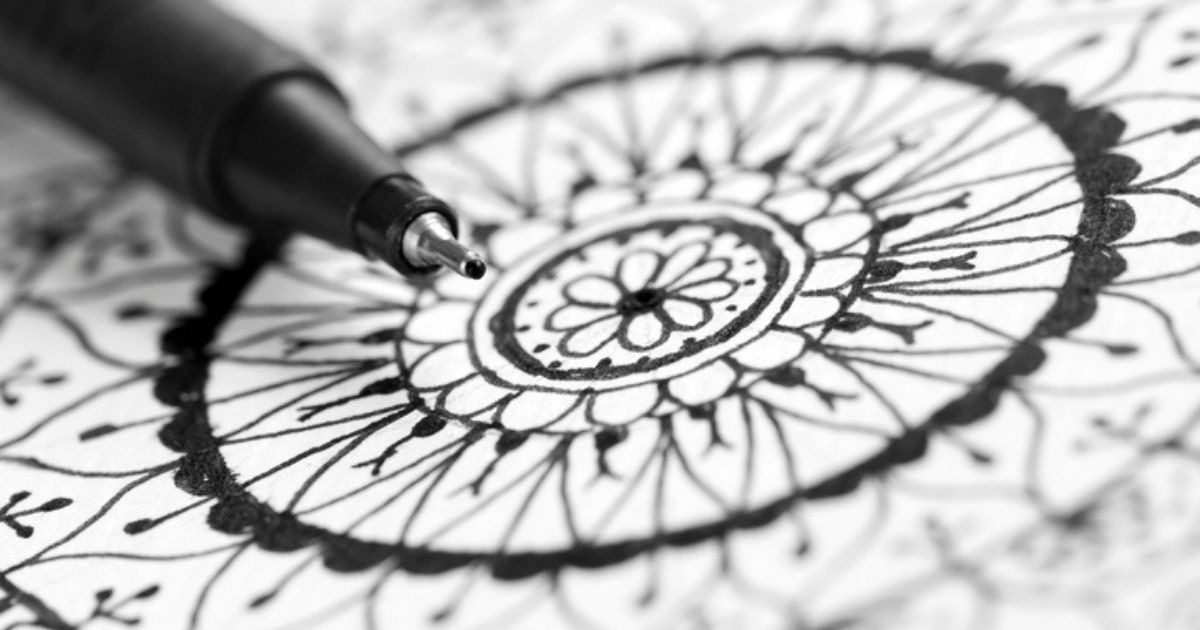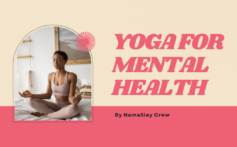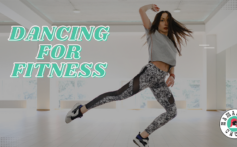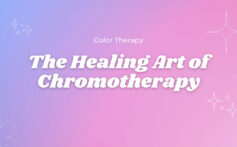Curbing Anxiety Through Drawing
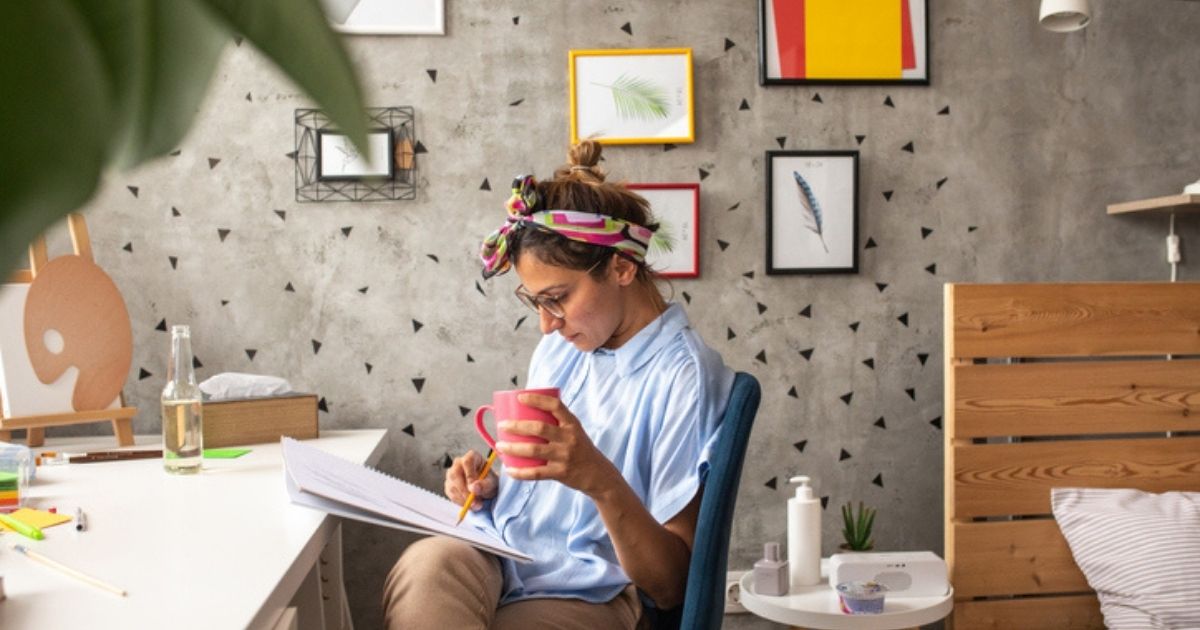
Curbing Anxiety Through Drawing
Dealing with anxiety can be overwhelming on even the best days. Feelings of anxiety can come out of nowhere, sending you into a vicious cycle of fear, stress, and helplessness. When you experience consistent anxiety, you have difficulty controlling your responses to everyday stressors, and your ability to function is negatively impacted in numerous ways.
Excessive worry, intrusive thoughts, and emotional distress can make it incredibly challenging to focus and complete tasks. One episode of anxiety can put an end to your plans for the day, but when your anxiety is frequent and left unchecked, it can become a significant hurdle that affects nearly every aspect of your life.
There are several different approaches you can take to manage your anxiety symptoms, from focusing on breathing and practicing mindfulness to listening to music or going for a run in the fresh air. Every approach has varying levels of success for each person, so the most important thing is to find the right activities for anxiety that work for you.
One activity that has helped many anxiety sufferers through their worst moments is drawing. Putting pen to paper offers a creative outlet that allows your mind to focus on a positive and productive task, rather than endlessly cycling through harmful thoughts. You don’t have to be the next great artist to benefit from drawing, and you may be surprised at how quickly this technique can help you feel better.
What Is Art Therapy?
Art therapy refers to the use of art for therapeutic purposes and can be implemented in a wide range of activities, such as drawing, coloring, painting, sculpting, assembling collages, and other crafts. Since art therapy began to emerge in the mid-1900s, numerous studies have shown its effectiveness in helping adults and children relieve stress, improve self-confidence, and explore their emotions in a healthy way.
Essentially, art therapy involves participating in any creative endeavor that allows you to close off the world around you for a moment and fully focus on the creative process at hand. This allows you to tune into the pain or difficulty you are feeling and to release it creatively and positively. Art therapy is particularly valuable for people who have trouble articulating their feelings or become triggered by relieving their most painful memories.
Over the years, art therapy has continued to prove itself as a legitimate and effective form of therapy. The best part is that you don’t have to be a great artist to enjoy the benefits. This approach is not about the artistic value of the works produced, but the therapeutic process of creating them. While working with a trained art therapist will give you the best results, you can still reap the benefits of art therapy on your own.
Expressing yourself through artistic creation can help you gain a better understanding of your personality, allow you to view your struggles in a new way, and give you a simple and practical solution for responding to triggering events when they arise.
Does Art Therapy Help with Anxiety?
Researchers have found that art therapy can be beneficial for a wide variety of individuals, including those with mental health disorders, those coping with trauma, and those facing daily challenges, such as work stress and burn-out.
Much of the research performed to study the effectiveness of art therapy has focused on anxiety, and a recent study found that making art significantly lowers levels of cortisol. Also known as the “stress hormone,” cortisol is elevated among patients with anxiety, and excessive levels can lead to several other issues, from weight gain to heart disease.
Not only does art therapy provide relief in an unexpected moment of anxiety, but it also shows evidence for improving the long-term symptoms of other psychological issues. In 2019, an experiment studying military service members with post-traumatic stress disorder (PTSD) and traumatic brain injuries (TBI) found that long-term art therapy helped subjects regain a sense of self, experience more positive emotions, process their trauma, and reduce feelings of guilt, shame, grief, and loss.
Activities for Anxiety: How Does Drawing Help?
Drawing is one of the many forms of art therapy that has shown remarkable success in helping people reduce anxiety symptoms. In fact, many of us draw while anxious without even realizing it. You may doodle during a stressful phone call, while waiting for an appointment, or when you’re bored and find your mind wandering. These quick sketches often have no real meaning or structure, but they allow our minds to calm, refocus, and let go of stress. In some cases, a drawing can even reveal hidden beliefs or help to awaken buried memories, and these insights can be particularly helpful for informing further treatment.
Drawing Reduces Stress
Anxiety involves a constant, intense, and overwhelming fear that is virtually impossible to control. Even when you aren’t experiencing high anxiety, lower levels can still impact your overall health, from causing insomnia and digestive issues to weakening your immune system or increasing the risk of a heart attack. Drawing provides an opportunity to disengage from the uneasiness anxiety creates and focus on a productive, positive task.
The experience of creating an artwork gives the artist a sense of control, which helps to counterbalance the helplessness many people feel during an anxiety attack. When drawing, your focus shifts to the creative process – deciding what to draw, how to draw it, what colors will be used, etc. Having a creative focus redirects negative thoughts and emotions and reduces stress.
Drawing Enhances Mindfulness
Drawing helps you to stay present and engaged, which is often referred to as mindfulness. In many cases, it’s tempting to simply push away the thoughts and feelings that contribute to anxiety, but avoidance isn’t a long-term solution. Resolving your issues requires you to recognize when you’re experiencing these negative emotions, accept moments for what they are, and forgive yourself for having them rather than blaming yourself for being weak.
These feelings may come up while you are drawing, but since you are actively engaged in the project at hand, you can keep them from overwhelming you and allow them to simply drift away. Obtaining this level of awareness can seem frightening, but it can help you take a more realistic view of your emotions, identify your triggers, and overcome your anxiety faster.
Drawing Helps Regulate Emotions
Art therapy is often used in conjunction with cognitive behavioral therapy, and there is some overlap in these approaches. Cognitive behavioral therapy focuses on “re-wiring” your brain by challenging harmful thoughts, attitudes, and beliefs that impact your life and then replacing them with new, beneficial patterns.
In art therapy, the process of creating can help you take a step back from your worries and fears, and the ability to “distance” yourself from these harmful emotions can help you re-examine them in a more objective light. In time, as you gain better awareness, understanding, and acceptance of your emotions, you can learn to control your intrusive thoughts and still function even when you’re affected by negative emotions
Techniques to Try
If you are ready to experiment with art therapy, you can start with any of the following techniques:
- Doodling – There is no need to rush out and purchase a bunch of art supplies, especially if you are unsure if drawing will be the right artistic outreach for you. Doodling can be a great way to start small. Just keep a small notepad and a pen close at hand. When you find yourself starting to feel anxious, put pen to paper and let your creativity happen. You can start with simple shapes or symbols or illustrate objects from nature or your everyday life, such as your favorite flower or building.
- Drawing or Sketching – While a notebook and a pencil can be all you need, you may also decide to explore the vast variety of sketch pads and drawing utensils at your local art supplies store. You might not be sure what you want to draw, but don’t be afraid to just put pen to paper and see what happens. What might start as a doodle could become a larger work of art without you even realizing your initial intentions.
- Coloring – If the idea of creating something on your own seems daunting, coloring a pre-created design could be exactly what you need. There are plenty of adult coloring books available for purchase, as well as free designs available online. Some studies have shown that coloring or drawing a mandala (a geometric combination of symbols) has shown greater benefits in reducing anxiety than coloring a plaid design or a blank page.
Reduce Stress: Start Drawing Today
The next time you feel overwhelmed by your anxiety, grab a notepad. You don’t have to consider yourself an artist to benefit from creative activities for anxiety, and you don’t have to create the perfect piece to feel less stressed. Whether you are doodling, coloring, or drawing, you can seriously reduce your anxiety by simply putting a pen to paper and letting your creativity flow without concerns or boundaries.
You shouldn’t worry about making your drawing perfect, and don’t set yourself up with a lot of expectations. Just focus on the creative process and guide your thoughts towards positivity.
